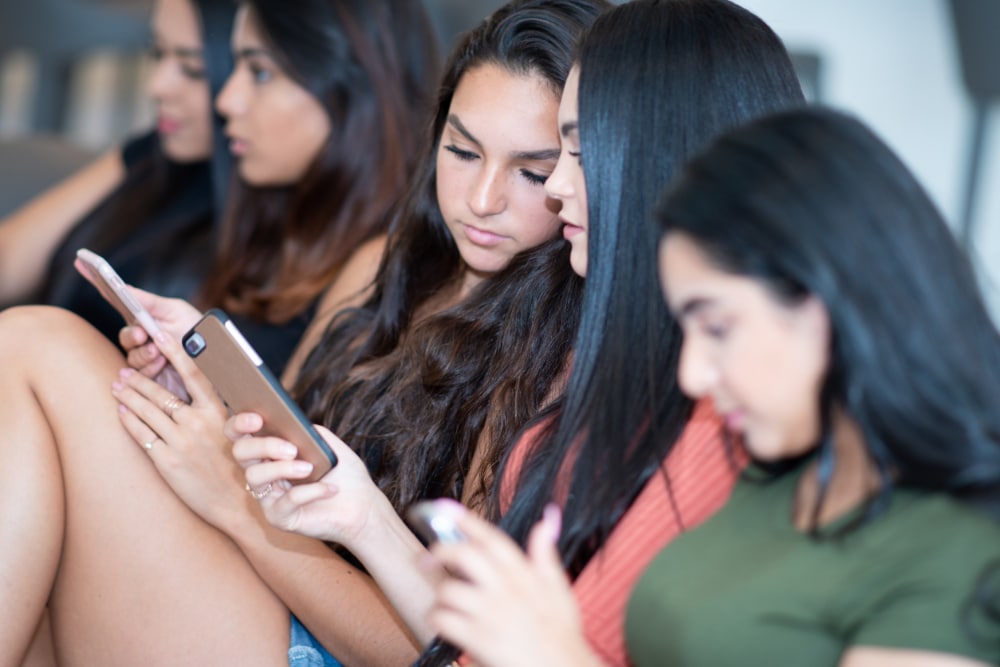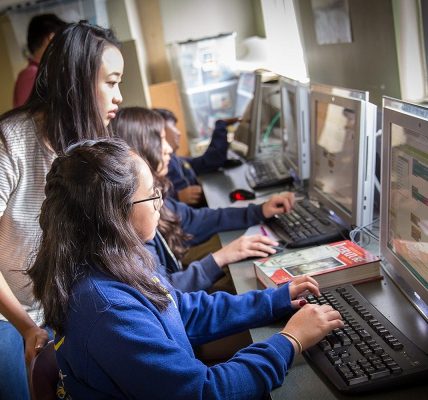Study From India Uses Emotional Detection Plus Deep Learning to Treat Smartphone Addiction

In one of the largest and most unusual studies of smartphone addiction we have seen, a pair of researchers from the Department of Media Sciences at Anna University in Chennai, India, have used emotional detection software to drive the delivery of digital interventions that show surprisingly good results.
The authors of the article in Scientific Reports are Dr. P. Uma Maheswari and Dr. C. Joseph, both professors at Anna University. They began with 750 “smartphone addicted students” who have “low behavioral patterns” based on the evaluation of questionnaires. The students were evenly distributed between the ages of 11 and 18, with 112 female students and 638 male students, from schools spread across the city of Chennai.
The analysis of students’ smartphone addiction is based on six parameters:
- Social identity
- Self-awareness
- Anonymity
- Loss of individuality
- Responsibility
- Accountability
Figure 1: Smartphone Addiction scores in six categories, before and after TMVM intervention. Used under Fair Use: Commentary.
Students were given a series of statements for each of the six parameters, and asked to rank them on a five-point Likert scale from “strongly disagree” to “strongly agree.” Scores were compiled before and after the six-week intervention. Figure 1 shows that nearly 50% improvement was observed for all six parameters. The researchers concluded:
These results collectively demonstrate that the intervention had a meaningful and reliable impact on improving the behavioral outcomes of students.
What is this digital intervention that led to such a dramatic turnaround in student smartphone addiction? The researchers call it “Theory of Mind with Video Modeling,” or TMVM. The Theory of Mind is basically the way artificially-intelligent systems (AI) are trained to read emotional cues. Facial recognition software reads the student’s facial cues and delivers video interventions:
The videos demonstrate the negative consequences of excessive smartphone use, such as decreased productivity, poor academic performance, and emotional and behavioral problems.
The videos consist of “animated videos, short talks and FAQ videos, which were developed by the researcher.” The samples included with the article include short lessons in battling smartphone addiction, and longer cognitive behavioral therapy videos. I believe most of them would be considered unwatchable by teens. We are supposed to believe that after this digital intervention:
[R]espondents turn away from their individual ideas, understands the problems due to [smartphone addiction] and accepts the common understanding of the group.
I have come to believe that this study is either written by an AI that is hallucinating, or it is some sort of sham or ruse. I don’t buy there were exactly 750 students in the study, that all 750 completed the study, and that 50% improvements were achieved in every category. Count me suspicious.
In any normal study of smartphone addiction, there would be measurements of the amount of time spent online. I can find no such gauge in this paper. In evaluating an intervention, a primary goal would be to reduce the amount of time spent online. There is not even an attempt to measure that.
Where are the questions regarding sleep disruption, or substance abuse? Where are the measurements contained in the Smartphone Addiction Scale, such as the amount of daily life disturbance, overuse, and positive anticipation?
The videos being tested were created by the researcher, causing a potential conflict of interest. The article is written in a confusing and, I believe, misleading way. Here’s a statement regarding how the questionnaires were developed:
Before questionnaire was in online psychiatrist confirms the quality of questions and ensured suitable survey. Two psychologists based on social media expert and educators, revised the questionnaire, excluded certain irrelevant questions and included proper variables.
It would be nice to think that you could have your child’s phone teach your child how to not be on the phone, but TMVM is more wishful thinking than verifiable science.
Written by Steve O’Keefe. First published June 9, 2025.
Sources:
“Facial emotion based smartphone addiction detection and prevention using deep learning and video based learning,” Scientific Reports, May 23, 2025.
“AI Outperforms Humans in Theory of Mind Tests,” IEEE Spectrum, May 20, 2024.
“The Smartphone Addiction Scale: Development and Validation of a Short Version for Adolescents,” PLoS One, December 2013.
Image Copyright: rmarmion.




